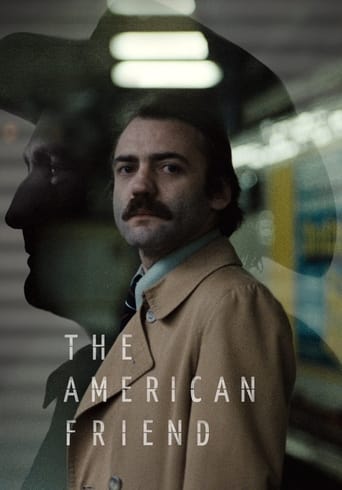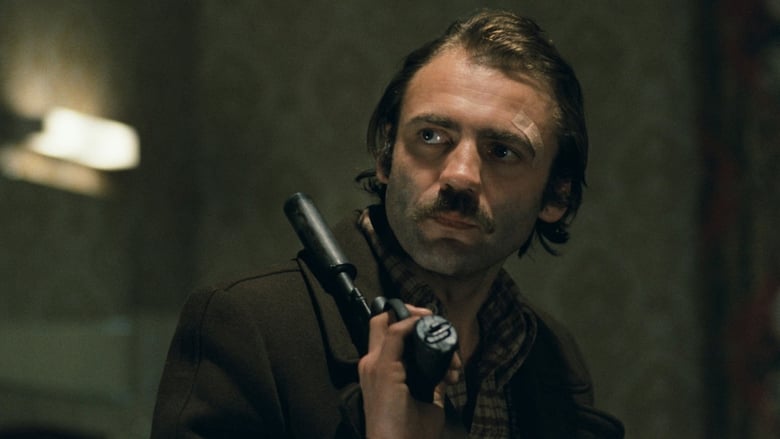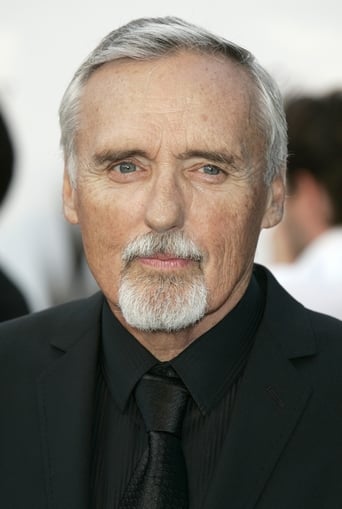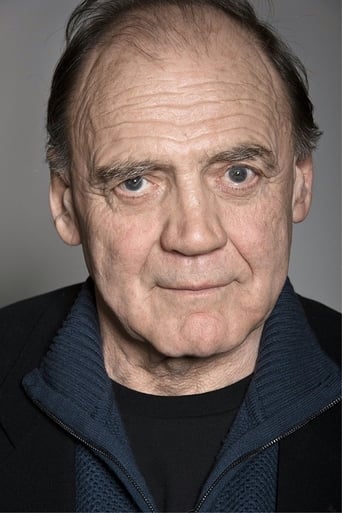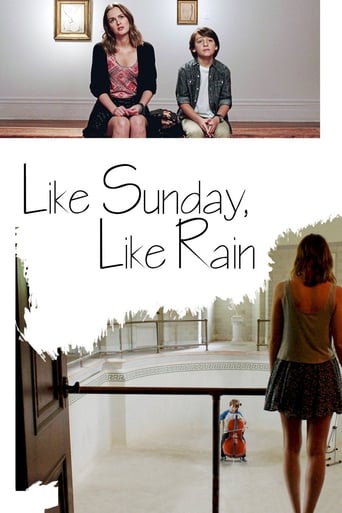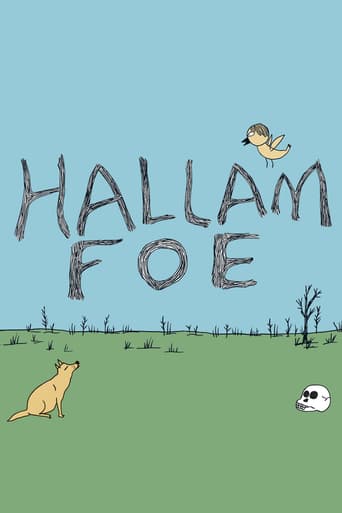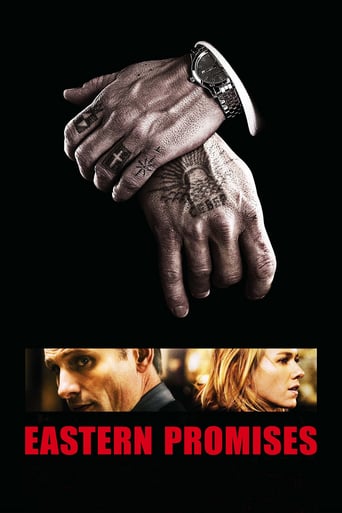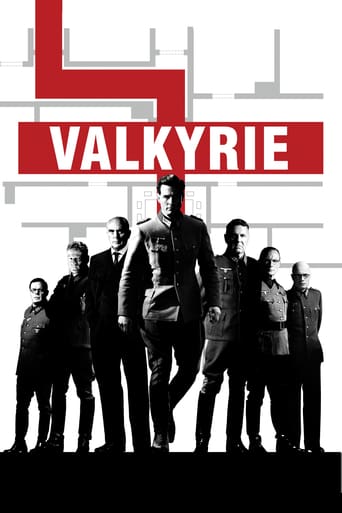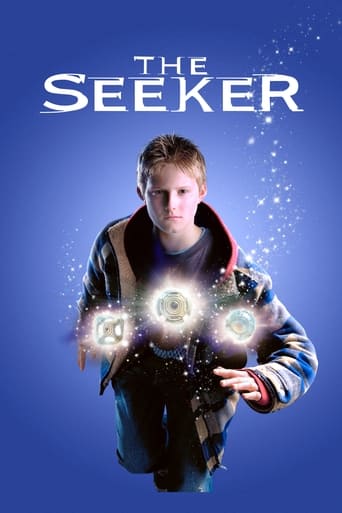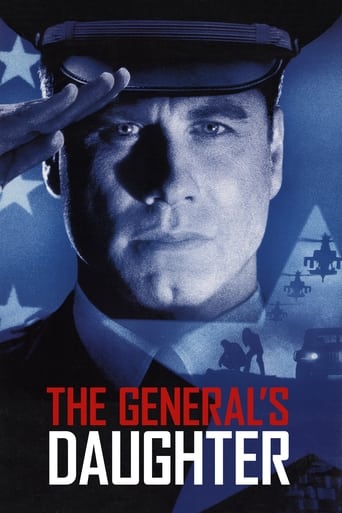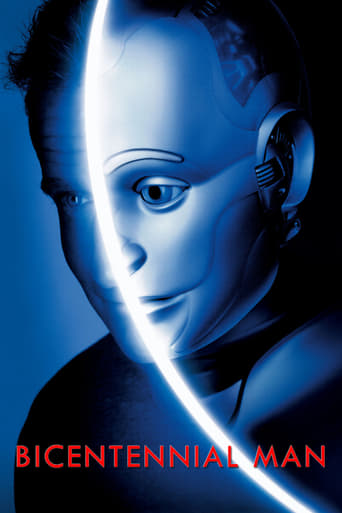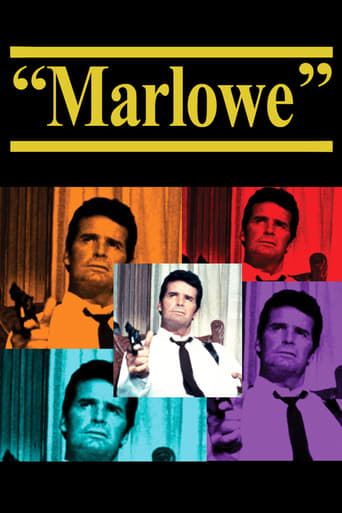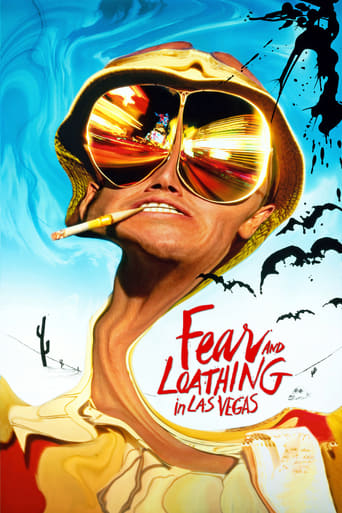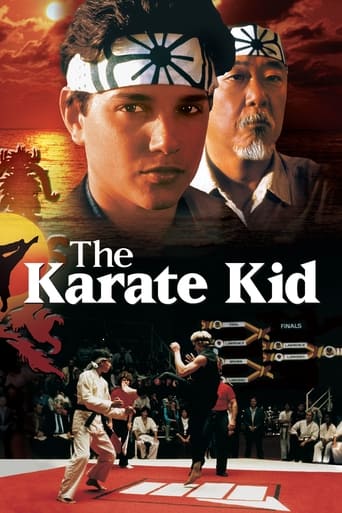The American Friend (1977)
Tom Ripley, an American who deals in forged art, is slighted at an auction in Hamburg by picture framer Jonathan Zimmerman. When Ripley is asked by gangster Raoul Minot to kill a rival, he suggests Zimmerman, and the two, exploiting Zimmerman's terminal illness, coerce him into being a hitman.
Watch Trailer
Free Trial Channels
Cast


Similar titles
Reviews
Why so much hype?
That was an excellent one.
It's a good bad... and worth a popcorn matinée. While it's easy to lament what could have been...
Very good movie overall, highly recommended. Most of the negative reviews don't have any merit and are all pollitically based. Give this movie a chance at least, and it might give you a different perspective.
I will admit that I watched this film having previously, repeatedly, watched and loved the later "Ripleys Game" with John Malkovitch as the eponymous eminence gris. So I cannot consider the Wenders version without comparison. Really though there is no comparison.I am staggered at how Wenders fans at this site seem to be preoccupied by the directors brilliance...as indicated in other work.I prefer to try to see what is before me. It isn't impressive.Compared to the Malkovitch rendition, Hopper is utterly unbelievable. Malkovitch is the cool, manipulative, patrician sophisticate and sociopath that fits Ripleys form. When he talks art we believe it. Hopper is just a bumbling joke. In no sense can we believe the proposition that such a flake could succeed as a player in the world of fine art dealing. He wouldn't get through the door. Ray Winstones clubland villain in Ripleys Game is totally believable. The French guy in this movie is just a vacant nothing, the echo of a fart that Winstone might deposit in passing. The American gangland henchmen are utterly ridiculous. They don't have a muscle between them and are as menacing as a tea lady. The fight scenes are a pathetic joke, reminiscent of something out of a Sixties spy spoof, one tap on the head and a guys dead. Yeah! The movie is padded out with empty scenes that serve no discernible function, such as Hopper playing with a polaroid camera. One senses Wenders trying to create "iconic" images, Ganz leaning bout of a train cab screaming...but they just don't work. How the heck would he gain access to the train cab anyway? The whole thing is amateurish, pretentious and glib. Nothing has substance. Its badly edited. Sloppily shot. Inconsistently lit. The music is dire and doesn't segue properly with the cuts of each scene.Ganz is superb, but Hoppers "performance" undermines that. He looks like he thinks the film is some funny foreign farce that he will take part in just for the fee but indicates his disrespect via various tells in expression amounting to a suggestion that he is playing "tongue in cheek" yet flatly without irony. I greatly enjoy him in other movies, even B-movies, but in this he was embarrassing to watch.I suspect that most of the high scorers here would agree with at least some of my opinions had they seen the movie without knowing its author.
Loosely based on the novel Ripley's Game and made by German Director Wim Wenders under the title Der amerikanische Freund the film stars Bruno Ganz (Downfall, Unknown) as Jonathan, a picture framer with a terminal blood disease. Jonathan meets a wealthy American Tom Ripley (Dennis Hopper) who deals in art forgery. Jonathan, knowing what Tom does wants nothing to do with the American and initially refuses to shake his hand. Later, Tom is approached by a French criminal named Raoul (Gerard Blain) who asks Tom if he is willing to commit a murder against a rival gangster. Tom refuses but suggests Jonathan as he has no connections and may be willing to do the job for money so that he has something to leave his wife (Lisa Kreuzer) and young son after his imminent death. Jonathan reluctantly agrees after being manipulated by the criminals but his actions set him and Tom on a path towards destruction.The plot was often incomprehensible and was wildly improbable but this was almost forgotten due to the enormous amount of tension and intrigue. The plot takes a back seat in a way, in favour of creating the emotions and apprehension surrounding it. I found it unlikely, even for a dying man, that Jonathan would go along to Paris and kill someone for some gangsters who he didn't know and the final third made no sense whatsoever but the rest of the film though was delightful.The two central relationships in the film felt heartfelt and real. Lisa Kreuzer was excellent as Jonathan's concerned wife. It was obvious that she cared a great deal for her husband but wasn't going to put up with lies and deceit. The fact that Jonathan was willing to travel Europe as a hired assassin in order to provide for his family after his death showed that the feelings worked both ways. The second relationship between Tom and Jonathan changed several times during the film. Beginning with distrust and hostility then towards feelings of mutual respect and admiration and back again, their relationship twists and turns throughout. You always have the feeling though that Jonathan is being taken advantage of, even when it appears that he is not. The characters were all well drawn and the relationships were rich. Jonathan and Tom's buddy relationship was often strange but always satisfying.One of the things I liked about the film was its setting, Hamburg. Jonathan and his family live near the docks or the German city and the streets reminded me of New York in Taxi Driver. They were sort of run down and forgotten but with obvious vibrancy. Much of the city was still flattened by the bombs of thirty years before and this added to the feeling of desolation and waste. The film was also shot on location in Paris and New York, something unusual for the time outside a Bond Film or something similar. I also really enjoyed how the film slipped between English and German in such an effortless way. It was barely noticeable and added realism.The acting was superb throughout. It is such a shame that Bruno Ganz is best known for saying silly things on YouTube as he is a fantastic actor with over fifty years experience behind him. Dennis Hopper was really cool as the American abroad and was excellent in the role and as I've already mentioned Wenders regular Lisa Kreuzer was also brilliant. The fact that all three actors performed in two languages just adds to their excellence.www.attheback.blogspot.com
Wim Wenders' "The American Friend" stars Dennis Hopper as Tom Ripley, an American living in Hamburg, West Germany. Ripley deals in counterfeit artwork, manipulates markets, sells forgeries and promotes living artists as being dead in order to boost sales and engender exclusivity. Early in the film Ripley is introduced to Jonathan Zimmerman, a German art restorer. Ripley and another character, Raoul Minot (Gerard Blain), manipulate Jonathan into murdering a man. As Jonathan believes himself to be suffering from an incurable, life-threatening disease, he accepts the job with the understanding that his family will be paid 250,00 deutschmarks upon completion of the murder.On the surface, "The American Friend" is a fairly standard film noir. Look closer, though, and the film is another one of New German Cinema's raging allegory's for America's economic and cultural colonisation of Europe. One must remember that it was not until 1968 that the implications of America's cultural imperialism prompted West Germany to create a state-funded, television subsidised alternative film industry. Around this period, German students, extremists and protesters were themselves taking to the streets, demonstrating against the US and bombing US Army installations and officers' clubs. For many of the key figures in New German Cinema, Hollywood became both an antagonist and catalyst, the directors reevaluating the Hollywood they grew up with and contributing to an intense debate about West Germany's identity, its relation to the past, to fascism, its attitude toward socialism and capitalism, as well as about the relation of art to politics. The false unity of Germany's post-war years then gave way to a strong polarisation of intellectuals.And so "The American Friend" somewhat clunkyly paints Germans as pawns to manipulative, murderous Western cowboys, all the film's scheming bad guys are real-life film directors, old-school artisans are shown suffocating in the face of new media, German characters are tormented, manipulated and infected by duplicitous Westerners, art is commodified, bought, sold and traded like stock, Europe is portrayed as a consumer driven land of commerce and greed (of which cinema is an agent), and dominant world powers/cultures are shown to crassly pirate the trinkets of older civilisations, all of which are then made available to the highest bidder. Meanwhile, the distinctions between places like Hamburg, Paris and New York are blurred, all featureless and grey, while Jonathan goes through a character arc typical of such classic German films of the era (see Fassbinder), belittled, seduced and then dying at the feet of cowboy Tom Ripley. He leaves behind a son, Germany's tomorrow.Aesthetically the film is typical of Wenders. Wenders filmography, and much of Werner Herzog's, is explicitly concerned with borders, countries, cultures, crossing or skirting frontiers ("Kings of the Road", "Alice In The Cities", see also the films of Olivier Assayas), country-hopping, out-stations, extremities of place and situation ("Signs of Life", "Aguirre", Herzog's docs, "Even Dwarfs Started Small" etc), journeys, rivers, transportation, transgression, thresholds, marginality, circularity ("Kaspar Hauser", "Stroszek", "The American Friend") and the tensions between "inside" and "outside". Both directors also seem to go beyond the experience of travelling to highlight the futility of travelling, a facet best seen in films like "Stroszek". And while both tend to focus on outsiders journeying to other locales and experiencing a sense of estrangement and fear, "The American Friend" is relatively unique in that here it is the outsider/stranger/foreigner, who smuggles himself "inside" (ie Germany) and begins to torment the "insiders". But it is here where Herzog and Wenders diverge. Your typical Herzog hero seeks the experience of estrangement, of new cultures, of disconnection, and the pleasure of abandoning oneself completely, totally fascinated to the point of self-oblivion. For Wenders, though, estrangement, otherness and dissolution is a slow, festering, noxious sort of thing. If Herzog's films are about people turning away from or exiting society, from drop-out Timothy Treadwell to the outcasts consigning themselves to the ice caps of "Encounters at the End of the World", Wenders' are about a society which has itself turned away from people. Broadly speaking, and possibly because of his Christianity (Wender's fundamentalism results in some of his best and worst qualities), Wenders is drawn to homes, the problems "at home" and marginalised, suffering, estranged characters. Herzog's characters pack up, leave and attempt, somewhat romantically, to live on the "outside".Wenders cites Edward Hopper's noirish, existential paintings as an influence on his filmography, but aside from "Paris, Texas" and maybe "Land of Plenty", he can't compete with Hopper's sexy aesthetics. His manner of shooting landscapes (a disconnect between people and places) is also influenced by Antonioni, but again he can't compete.For the generation of Germans who grew up in the 1950s, American popular music and movies were, as Wenders put it, "life-savers". Think the autobiographical jukebox scene in "Alice In The Cities", in which a little boy seems to immerse himself in an alien world and language. Wenders' characters are themselves always quoting old songs and putting old songs on radios or jukeboxes. These are remembered moments. The memory of a time of simpler alienation, the sonic longings for another, more comfortable world. But the listener is always doubly alienated, sitting in solitude, made a stranger in his own world and forced to adopt as his own, as his most private and personal experience, the sounds and signs of an American culture that exists to him only as a set of signs/signifiers.Ironically, Wenders' next two films saw him collaborating with American friends. The first was a death-bed collaboration with director Nicholas Ray (another big influence), whilst the second was "Hammett", a film funded by Francis Ford Coppola. Coppola disliked Wenders' footage and, to the disdain of a much ticked-off Wenders, used his Executive Producer's clout to re-shoot much of the picture.8/10 – Worth one viewing.
It's difficult to tell if this multi-national thriller is meant to be taken seriously; at times it seems less an attempt at genuine suspense than subtle mockery of commercial movie-making formulas (the title itself carries a hint of satire). Adapting Patricia Highsmith's novel 'Ripley's Game' for the big screen, Wim Wenders grafts his patented Euro-road film style to a convoluted crime drama concerning a Hamburg artist (Bruno Ganz) with a rare blood disease, persuaded by one gangster to murder another. The scenario is consistently interesting if more than a little vague, with the plot hinging on Ganz's willingness to trust an obviously dishonest stranger when told that his disease is fatal, even after his own doctor reassures him otherwise. Hitchcock it isn't, but Wenders' moody urban angst gives way to moments of tension (and weird black humor) during the caper itself.

